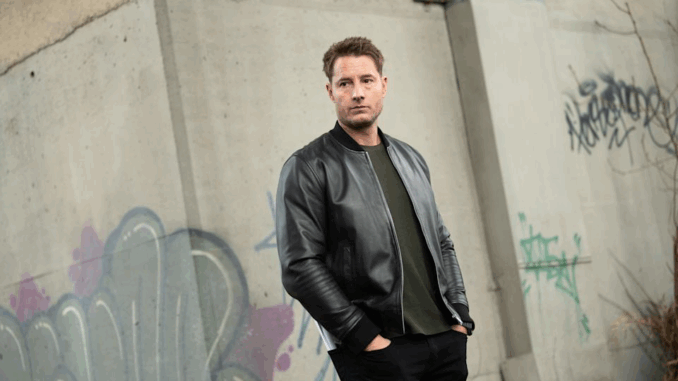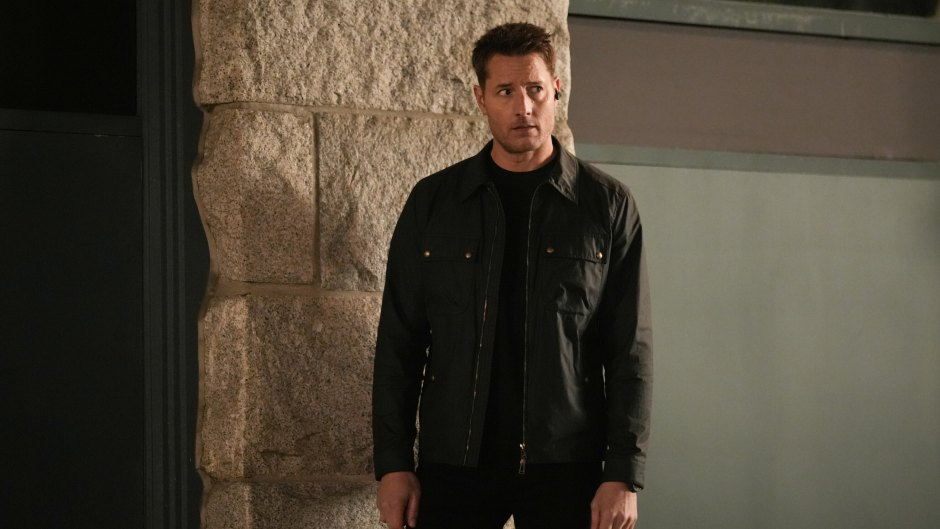
Directing with Intention: A Personal Vision Becomes Reality
In an industry driven by blockbuster franchises and studio formulas, Justin Hartley has made a bold move that underscores his creative ambitions: stepping behind the camera for the deeply personal independent drama Dust to Dawn. The film, which marks Hartley’s directorial debut, is a character study steeped in themes of trauma, healing, and generational forgiveness.
More than a career pivot, Dust to Dawn is the culmination of years of careful planning and quiet dreaming. It represents Hartley’s desire to not just act in stories—but shape them from inception to final frame.
An Actor-Turned-Director with Something to Say
Hartley first began writing the outline for Dust to Dawn during his time on This Is Us. Inspired by real stories of veterans and survivors of domestic abuse, the film explores the unlikely bond between a reclusive ex-soldier and a teenage runaway who forms a dangerous but redemptive friendship with him.
“This is a story about second chances and the things we carry that no one else can see,” Hartley explained. “It’s about pain, yes—but it’s also about the possibility of healing.”
The film stars Hartley in the lead role of Jack Gannon, a man haunted by guilt and loss, and newcomer Lilah Moreno as Roxy, the runaway whose arrival changes everything. Their scenes are intimate, often sparse in dialogue, and driven by expression, silence, and raw emotion.
A Minimalist Approach to Storytelling

Shot on a limited budget in the rural outskirts of Colorado, Dust to Dawn uses its small scale as a strength. The cinematography leans into long takes, empty landscapes, and natural light, creating a tone that feels both grounded and lyrical.
Hartley was heavily involved in every aspect of production—from scouting locations and designing costumes to editing final scenes. He cites influences such as Debra Granik (Leave No Trace) and Derek Cianfrance (Blue Valentine) as inspirations for the film’s naturalistic, emotional tone.
“I wanted every frame to feel lived-in,” he said. “Nothing glossy, nothing fake—just truth.”
Critical Reception and Festival Buzz
Dust to Dawn premiered at the 2025 Sundance Film Festival and received a standing ovation. Critics praised Hartley’s direction for its restraint, empathy, and visual storytelling. Variety called it “a quietly devastating triumph,” while The Hollywood Reporter described it as “a moving testament to the human need for connection.”
For Hartley, the response was affirming. “I wasn’t sure how people would receive such a quiet film,” he admitted. “But I think we’re all hungry for something honest.”
A New Chapter in Creative Ownership
Hartley’s success with Dust to Dawn has opened new doors in the world of indie filmmaking. He’s now in talks to direct two more scripts—one about a wrongfully convicted man trying to reconnect with his estranged daughter, and another about a couple navigating Alzheimer’s and memory loss.
In an industry where actors often wait for the next role, Hartley is choosing to create his own path. And Dust to Dawn proves that he has the talent, the vision, and the emotional depth to do just that.
“I’m not walking away from acting,” Hartley said. “But directing has given me something different—an opportunity to step inside the story in a way I never have before.”
With Dust to Dawn, Justin Hartley has made his mark not just as an actor who can carry a scene—but as a filmmaker who can move an audience.
